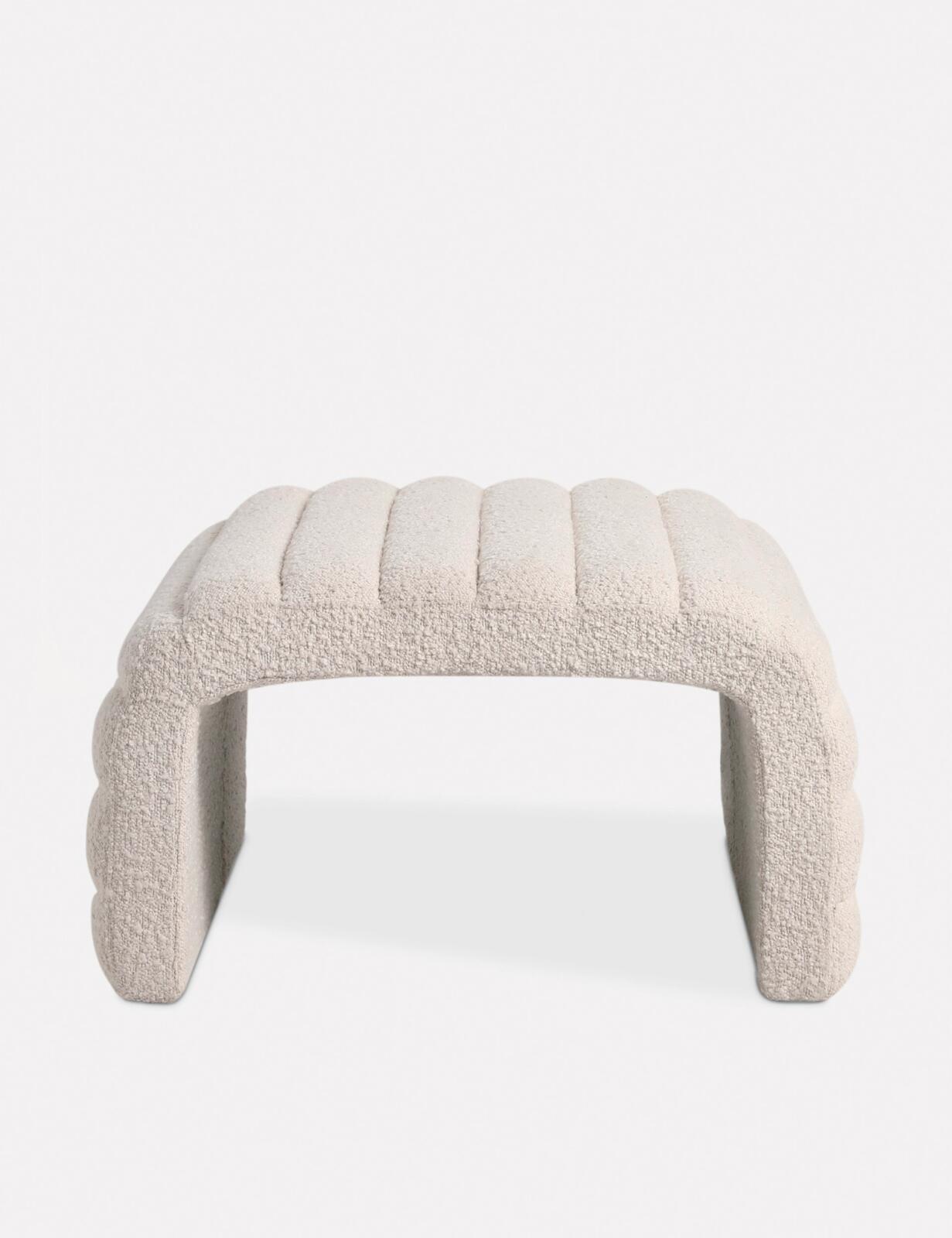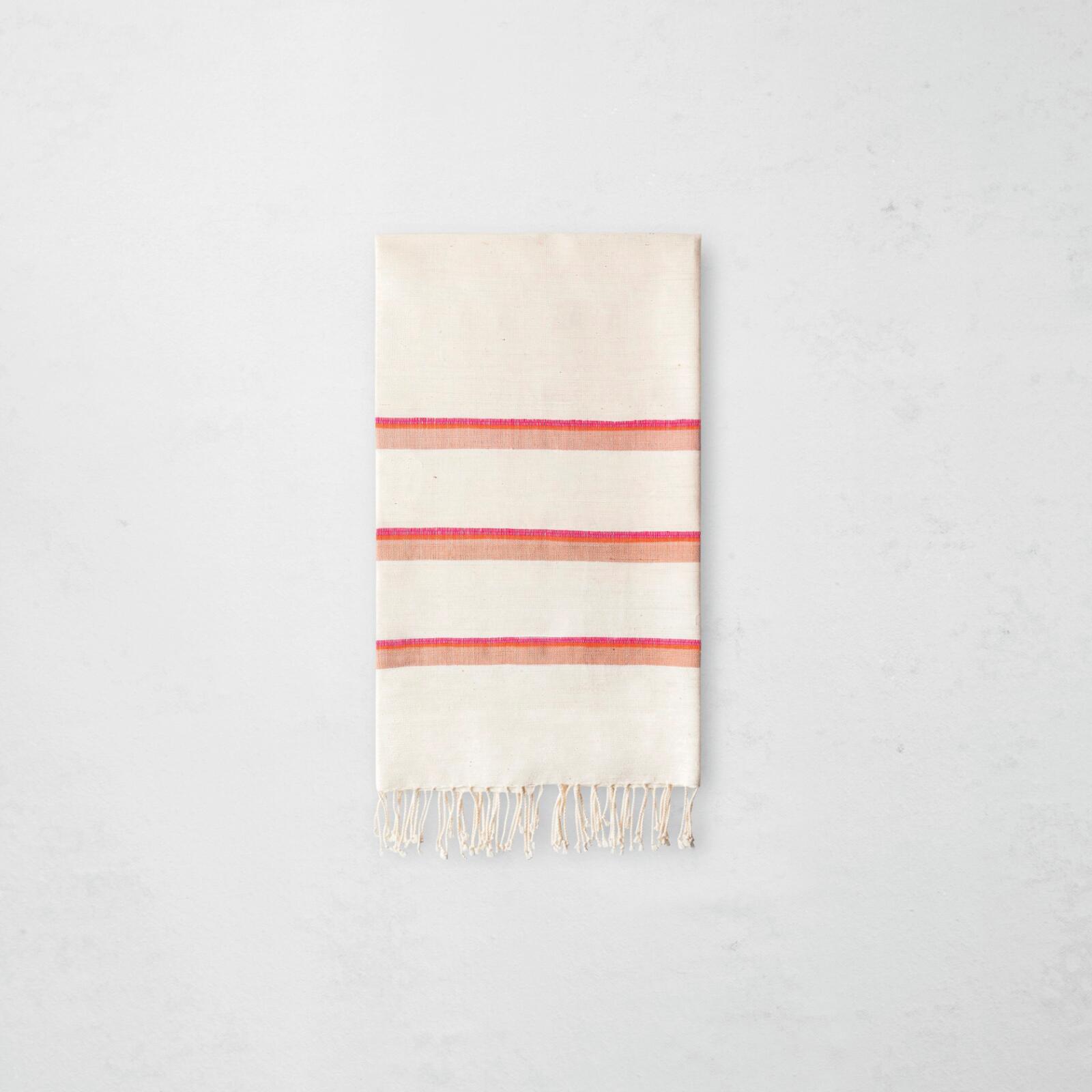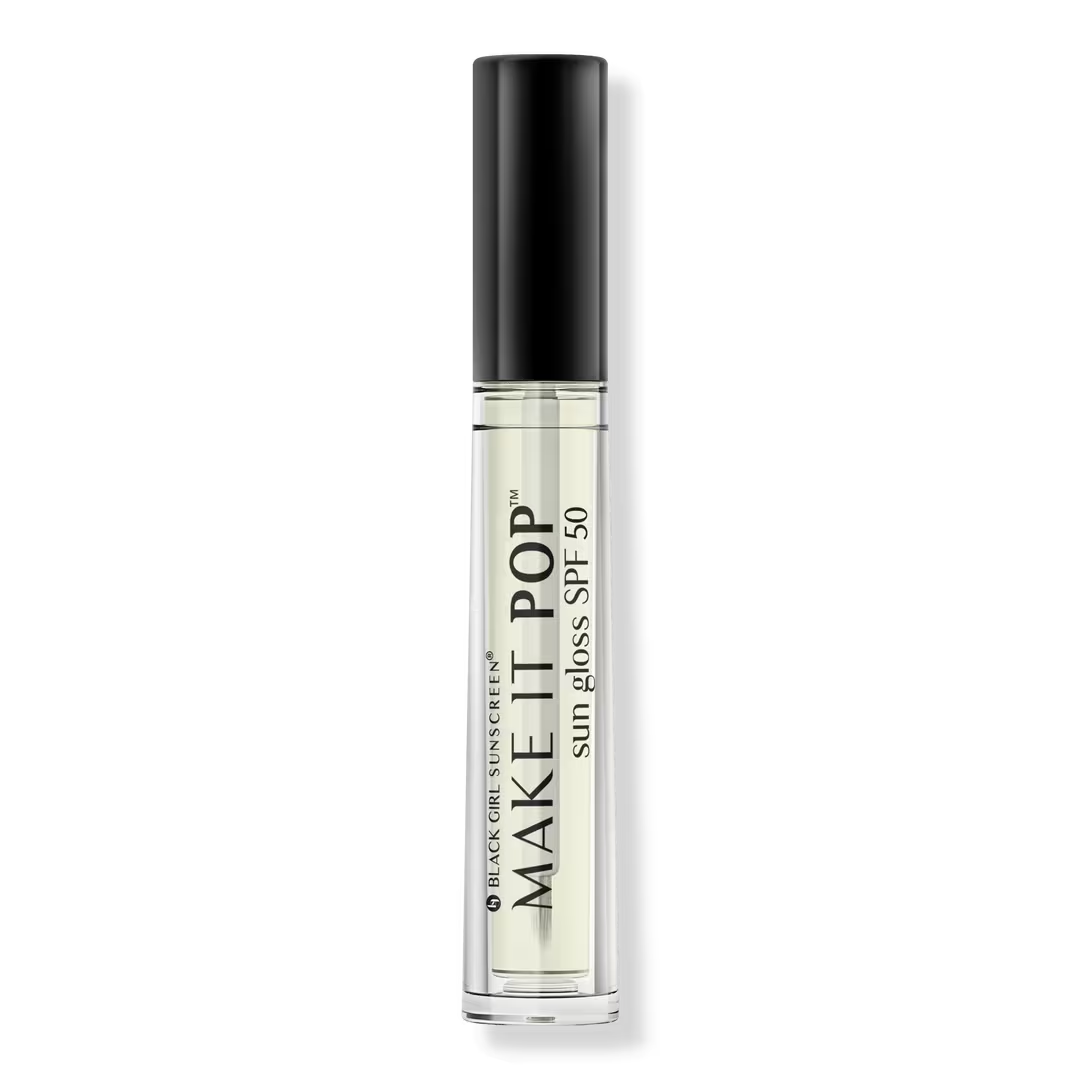
Strawberry legs are a common yet frustrating skin condition that affects many of us, particularly those with melanin-rich skin. Named after the small dark spots that resemble the seeds on a strawberry’s surface, these marks are harmless but can be bothersome and a real confidence buster.
To shed light on this condition, we spoke with Dr. Nikki Hill, a renowned dermatologist and the founder of the Skin of Culture and Hair Center (SOCAH Center) in Atlanta. Below, Dr. Hill provides valuable insights into the causes, treatments, and prevention of strawberry legs.
Embrace these tips and enjoy your radiant legs all year round!
What are strawberry legs?
“Strawberry legs earn their name from the appearance of small dark spots that resemble the seeds on a strawberry’s skin,” explains Dr. Hill. “While these spots are harmless, they can be a cosmetic concern for many.” The dark spots are usually the result of enlarged pores or hair follicles that become clogged with oil, bacteria, and dead skin cells. This can occur for various reasons including shaving, ingrown hairs, or skin conditions like folliculitis.
Why do they develop?
Dr. Hill highlights the anatomy of our skin to explain why strawberry legs develop. “The pores on your legs are similar to those on the rest of your body; containing oil glands, sweat glands, and hair follicles,” she says. “When you shave, the blade removes the hair but also causes micro-cuts to the raised skin around the hair. These microtraumas need to heal, causing redness and, in individuals with melanin, dark spots around each pore. Repeated trauma can lead to more pronounced dark spots and, in some cases, textural changes, resulting in the appearance of strawberry legs.”
How can you treat strawberry legs?
The first step in treating strawberry legs is to minimize skin trauma. Dr. Hill advises switching to mechanical trimmers or body groomers, which are gentler on the skin compared to traditional razors. “Chemical exfoliants such as retinol, AHAs, and BHAs can help decongest the skin by removing dead cells that cling to the opening of the pores, reducing the likelihood of further micro-cuts,” she recommends.







Glycolic acids are a good starting point and can be adjusted based on skin color and texture. Additionally, treatments like exfoliating and fading lotions, as well as chemical peels, can be beneficial. It’s important to be gentle with the skin and avoid over-exfoliating, as the pigmentation is within the skin, not just on the surface, which mechanical exfoliants target.
How can you prevent strawberry legs?
Prevention is key, and it can begin as soon as you start shaving. Dr. Hill emphasizes the importance of using mechanical shaving tools like body groomers or trimmers. “These tools have a fine metal grid that presses the skin down, preventing microtrauma while cutting hairs close to the skin. They are versatile, economical, and can be used on dry or wet skin, with or without shaving creams,” she says.
For those with drier skin, gentle exfoliation with sugar-based scrubs and moisturizing a day before shaving can make a significant difference. This process removes excessive skin buildup, making shaving smoother and reducing the risk of micro-cuts. Post-shave, moisturizing is crucial. “If you are prone to small acne-like bumps, ensure blades and the skin surface are clean or sanitized and use a benzoyl peroxide wash on the legs afterward to eliminate natural staph from the skin,” Dr. Hill advises.






